The 12 months just ended were a slog for the world economy, something being pondered in Davos, Switzerland this week at the World Economic Forum annual meeting. Weak international trade and subdued investment, among other culprits, conspired to slow world growth to its weakest pace since 2009. And even though the outlook is modestly brighter in the new year, unusually heightened uncertainty about policy direction in major economies casts a long shadow over the prospects of recovery.
A quick tour around the world
According to the latest projections by the World Bank, world economic growth is projected to pick up to 2.7 percent in 2017 from a sluggish rate of 2.3 percent in the year just ended. Advanced-economy growth is expected to recover moderately to 1.8 percent in 2017. In the United States, manufacturing activity will likely rebound, contributing to a mild pickup in growth. In the eurozone and Japan, supportive monetary and, to a lesser extent, fiscal policies should help support activity this year.
In emerging and developing economies, growth is projected to accelerate to 4.2 percent in 2017 from 3.4 percent in 2016. With the recovery in commodity prices, particularly oil, the divergence in growth outlooks between commodity exporters and importers is set to narrow.
All eyes on the U.S. economy
The new U.S. administration is expected to diverge sharply from the policy path trod by its predecessor. Because developments in the U.S. economy, the world’s largest, have effects far beyond its shores, the changes in policies will likely have substantial global implications.
What, for example, would be the effect of promised fiscal stimulus package? A sizeable package could boost U.S. growth in the near term, with potential knock-on benefits to activity abroad. That said, the full impact of any fiscal stimulus would depend on a host of factors, including its size and composition, the timing of its implementation, the reaction of monetary policy authorities, the amount of slack remaining in the U.S. economy, and the responses of businesses and households. Conversely, if trade policies take a protectionist turn, they could lead to higher import costs and be detrimental to growth.
The new policy path would also have implications for inflation and asset prices. A tightening of U.S. financial conditions—whether due to faster-than-expected U.S. Federal Reserve policy normalization or other reasons—would be felt across global financial markets, and could have adverse effects on emerging and developing economies that rely heavily on external financing.
Until specific proposals are known, it is difficult to comprehensively assess the overall impact of these policy changes. But, whatever course the U.S. eventually charts, a protracted period of uncertainty about economic policy direction by itself would be a drag on global growth and investment.
A major challenge: Weak investment in emerging and developing economies
Another significant concern clouding the outlook is the substantial slowdown in investment growth in emerging and developing economies in recent years. The numbers tell a stark story: Investment growth in these economies has tumbled from 10 percent, on average, in 2010 to about 3.5 percent in 2016.
The weakness in investment has been most pronounced in the largest emerging markets and commodity-exporting emerging and developing economies, but has now spread to the majority of them. In fact, investment growth is below its long-term average in the greatest number of countries in last 25 years, except during serious global downturns.
No single cause is to blame. Weak growth prospects, the commodities price bust, subdued foreign direct investment, policy and political uncertainty in major economies, and elevated private debt have all contributed to sap investment growth.
While not a headline-grabber, weak investment growth can be corrosive: It slows capital deepening, constrains planned urbanization, and limits future growth potential. This matters tremendously to poverty reduction and related development goals, given the powerful role of output growth in driving prosperity.
Policy resolutions for the new year?
Add to this list of threats to the fragile recovery the concern that the elevated level of policy uncertainty may be amplified by mounting protectionist tendencies, weaker potential growth, and financial vulnerabilities in some emerging market economies.
In this challenging environment, both cyclical and structural policies have critical roles to play. In advanced economies, low or even negative real equilibrium interest rates handcuff monetary policy and may warrant more supportive fiscal policies. Emerging and developing economies should find an appropriate balance between fiscal adjustment and policy measures to reduce vulnerabilities.
If policymakers are of a mind to make New Year’s resolutions, they well know what they have to do: find ways to spur sustained growth. Useful policy initiatives include increasing investment in human capital and infrastructure; promoting trade; and fostering an environment that maximizes the benefits of foreign direct investment and technological transfer.
Making that resolution and sticking to it would appear to be the brightest hope for ringing in a new era of stronger growth in 2017.
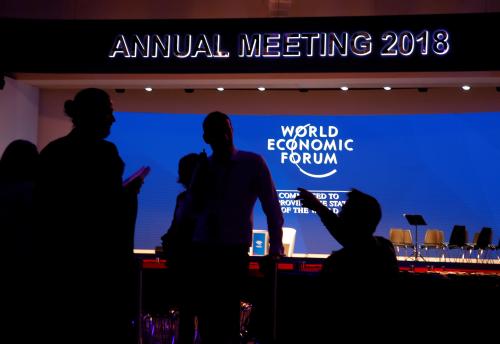


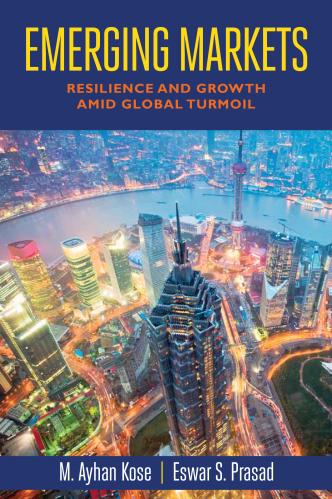
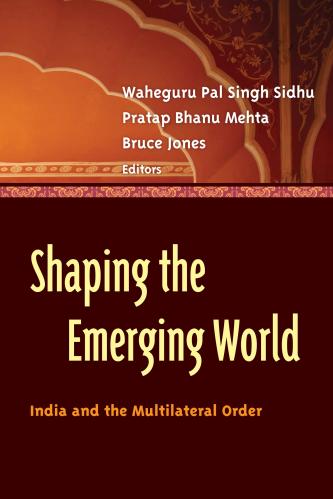


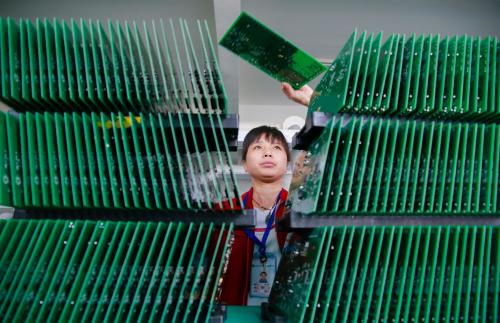
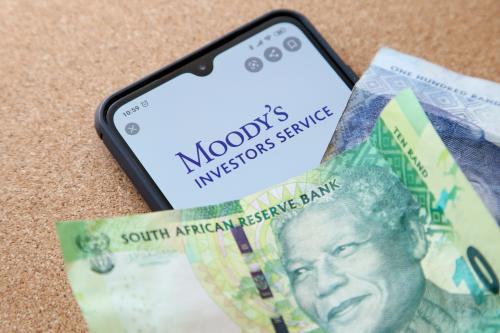
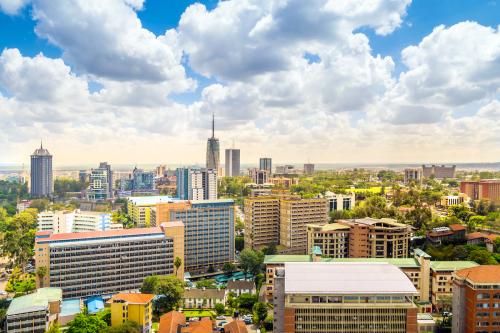
Commentary
The global economy in 2017: Hope in the face of policy uncertainty and weak investment growth
January 17, 2017